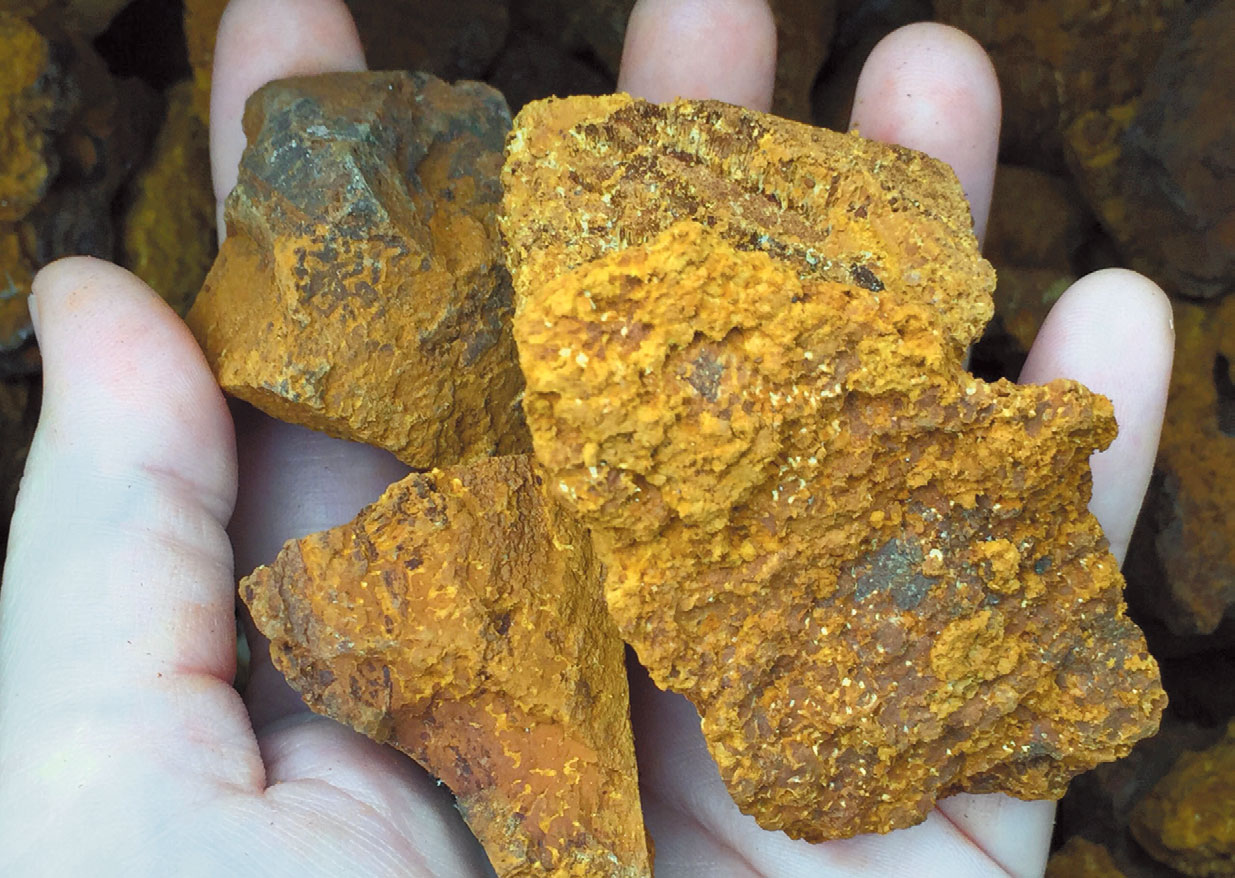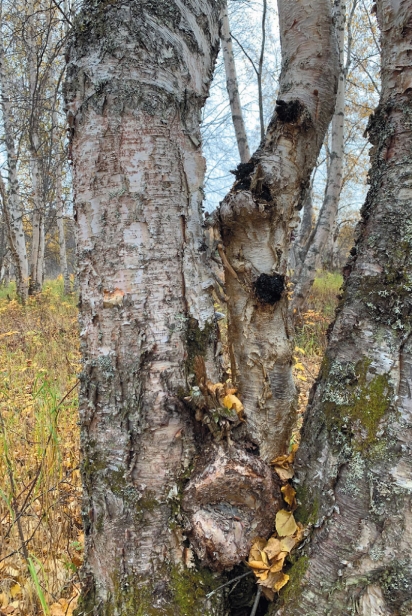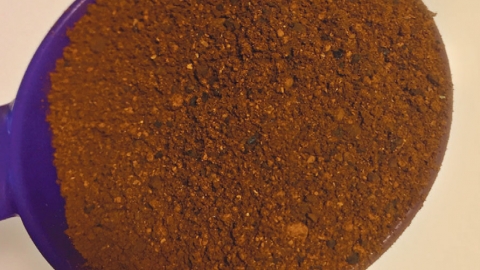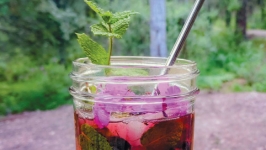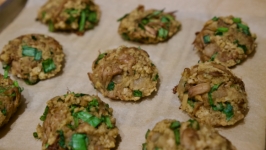Chaga: The King of Mushrooms
My friends and family call me a chaga fanatic. I start every day with coffee made from chaga by pouring chaga tea, instead of water, over my coffee. I use less coffee, and it helps me avoid a mid-morning crash.
I’m an ethnobotanist and Alaska Native traditional foods and medicine educator, so plants, harvesting, and healthy living are my life’s passion. I teach through my business, Planet Alaska, in Juneau. Even though I love chaga, I didn’t grow up with it. I’m a Tlingit from Southeast Alaska. Chaga is a fungus that grows on birch trees, and we don’t have birch trees in Southeast. We get ours from the Matanuska Valley in winter, the best time to harvest chaga. My Athabascan friends introduced me to chaga when I lived in Palmer for a bit. I traded the devil’s club I harvested for the chaga they harvested, and then I fell in love with it.
I drink chaga daily to boost my immune system, and to reduce inflammation from arthritis. Chaga is a superfood. In many studies, it’s been proven to be a robust antioxidant. Plus, chaga is often used as a potent anti-inflammatory. There are so many good reasons to make chaga a part of your daily routine.
The flavor of chaga pairs well with chocolate and vanilla, so you can make chaga smoothies, chaga brownies, and chaga syrup. The healthiest way to have chaga is as a “tea,” or infusion. I love to combine it with a little ginger and Labrador tea when I’m not feeling well.
It takes a bit of effort to make chaga tea “correctly.” The Internet has a million different ways to make chaga tea based on whose grandma said what. Indigenous people across the globe have been drinking chaga tea for generations. I prefer to grind pieces into a powder rather than use whole chunks of chaga because you can access the active ingredients that way. Grinding it into powder is not easy. Don’t use high heat, and don’t boil it hard because you’ll lose some of the beneficial nutrients. Turn it down to a simmer once it begins to boil, and then simmer it for a long time. Some people simmer their chaga tea for an hour and some people simmer it for several hours. My patience lasts about an hour. Once a week, I make a giant pot to use daily. I don’t always have time to simmer it, so I sometimes make a quick pot in less than ten minutes.
For those who don’t have time to boil tea or who decide they aren’t fond of the flavor, but still want the health benefits, there are chaga tinctures available. With a tincture, you take a dropperful and go about your day. Look for double tinctures where the active ingredients have been prepared as a water extract and an alcohol extract. These two different processes impart different medicinal properties and then they’re combined for greater benefit.
It’s important to learn how to harvest chaga ethically and sustainably. Know whose land you’re harvesting from and get permission. Know if the land is healthy, and make sure you’re not taking too much chaga. Don’t remove more than 10—30 percent of the chaga mass. I highly recommend finding someone in your area who harvests chaga respectfully and learn from them hands-on. You can also find businesses in Alaska that harvest chaga sustainably, and purchase directly from them, as well, especially if you aren’t able to harvest in the winter. I hope my introduction to chaga inspires you to learn more about it and to make it a part of your healthy lifestyle. With this knowledge and inspiration, I raise a cup of chaga health to you.
Editors’ Note: Alaska has a bounty of edible plants and fungi, and some of them have toxic lookalikes. Take care to learn before you harvest.


